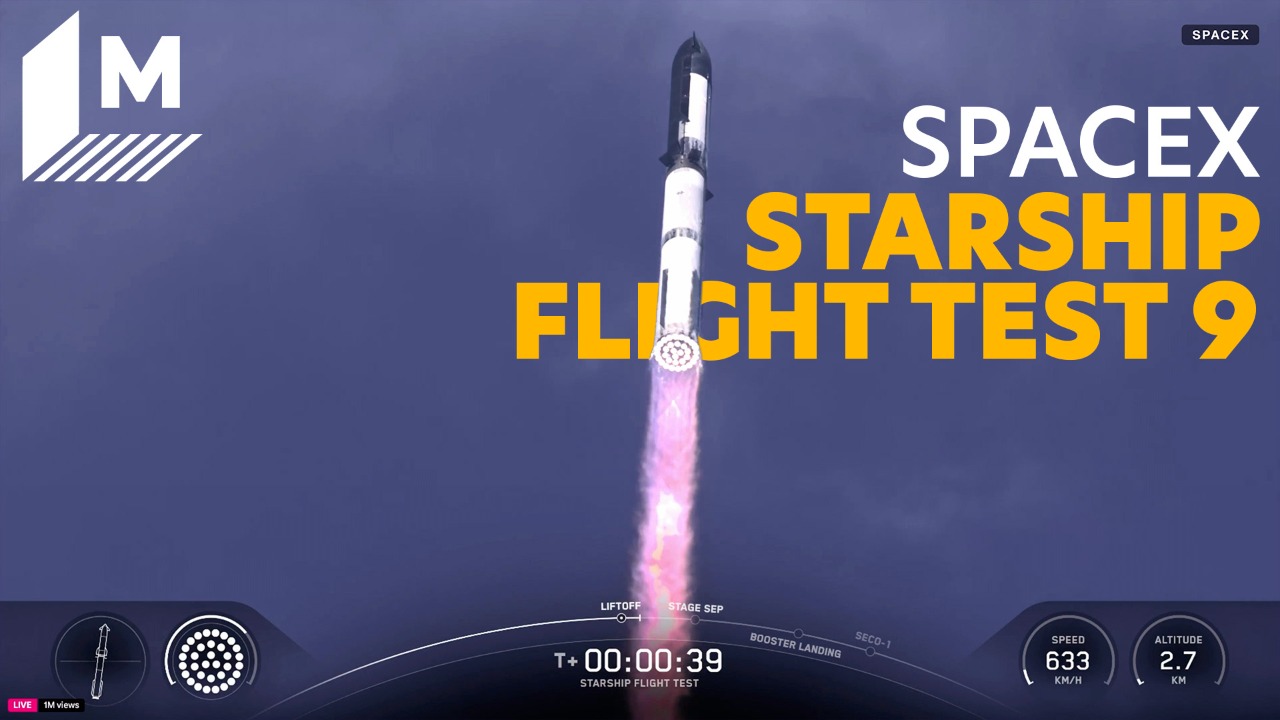A new report on inflight connectivity has a takeaway that may not be readily usable for many Americans: For your best Wi-Fi experience in the sky, plan a trip to Hawaii or Qatar.
Using data from its Speedtest connection-benchmarking tool, Ookla finds that Hawaiian Airlines and Qatar Airways both perform well above the 28 other airlines surveyed, with median download speeds of 161.76Mbps and 120.6Mbps, respectively. The next-fastest downloads are from budget US carrier Spirit, at 84.73Mbps.
Beyond giving US passengers lots of time to look out at oceans below, those two airlines have another thing in common: Both have deployed SpaceX’s Starlink low-Earth-orbit satellite broadband on a growing fraction of their fleets.
(Credit: Ookla)
Hawaiian and Qatar’s advantages over other carriers are even more pronounced in uploads (median speeds of 20.47 and 21.26Mbps, with Air Canada third at 10.32Mbps) and latency (median ping times of 74 and 52 milliseconds, with the next-best performance almost 10 times slower at Air New Zealand, 669ms).
That performance isn’t just a function of the unprecedented number of Starlink satellites in operation—7,903 working as of Monday, per the count maintained by astronomer Jonathan McDowell—but of their low altitude of about 350 miles, versus the 22,000-plus mile altitudes of competing satellites in geostationary Earth orbit.
The obsolete air-to-ground hardware removed from an Embraer E175 regional jet to upgrade it to Starlink’s connectivity. (Credit: Seth Herald/Bloomberg via Getty Images)
Ookla’s report also analyzes performance not just by airline but by provider to show that geostationary services from the likes of Hughes, Intelsat, and Viasat, as well as operators with satellites in multiple orbits, can provide service ranging from “not bad” to “pretty good.”
“The advantages of its dense LEO constellation compared with the GEOs make SpaceX’s Starlink the clear standout in speeds and latency. Its medians are 152.37Mbps download speed, 24.16Mbps upload speed, and 44 milliseconds (ms) multi-server latency,” Ookla analyst Kerry Baker writes in the report.
(Credit: Ookla)
For example, the big three US carriers with global service rely largely or completely on “GEO” services, but they don’t fare too badly in Ookla’s stats for median download speeds: 54.13Mbps on Delta Air Lines, 50.08Mbps on American Airlines, and 33.79Mbps on United Airlines.
Ookla’s report also highlights the bottom 10th percentile of the results from each airline and connectivity provider. However, Delta, American, Spirit, and the startup Breeze Airways all provided downloads of 10Mbps or faster, as did their North American neighbors Air Canada and Aeromexico. Even the worst bottom-10th-percentile results–in the US, United’s 2.32Mbps; elsewhere, the Japanese discount carrier Zipair Tokyo’s 1.21Mbps–beat the inflight experience of 10 years ago, when having Wi-Fi at all was not a given.

Get Our Best Stories!
Your Daily Dose of Our Top Tech News

By clicking Sign Me Up, you confirm you are 16+ and agree to our Terms of Use and Privacy Policy.
Thanks for signing up!
Your subscription has been confirmed. Keep an eye on your inbox!
Ookla’s report correctly underscores what any frequent traveler can tell you: Your mileage may vary even on a single airline due to the different configurations and providers used on particular aircraft types.
“Depending on airline routes or models of airplanes, different connectivity service providers may be used (or occasionally restricted by governments when crossing over certain territories),” Baker observes in the report. “Moreover, old equipment on and in the airplanes takes time and expense to upgrade.”
For example, Lufthansa’s 30th-place median download speed of 3.91Mbps is weighed down by its use of an aging, LTE-based air-to-ground system on some intra-Europe flights, which you won’t experience on that company’s long-haul service.
Likewise, if you have an upcoming flight on one of the growing number of United’s regional jets with Starlink onboard, you should be in for a treat: My experience with Starlink on a press flight in May featured bandwidth performance that matched what I observed on a Qatar Airways flight from Washington to Doha in February.
Recommended by Our Editors
(United paused its Starlink deployment in early June to fix radio-static interference issues observed on some flights, but passengers in the last two weeks have reported that Starlink is once again working.)
The Ookla report offers grounds for optimism outside SpaceX’s satellite constellation, noting American’s plans to upgrade its connectivity with Viasat and Intelsat’s services, Delta’s switch from Intelsat to Viasat and Hughes, and Panasonic’s move to upgrade in-cabin wireless networks to Wi-Fi 6E.
Starlink (also offered in the US by the boutique air service JSX) isn’t the only LEO option coming to airlines either. Air Canada is now installing service based on the OneWeb constellation on its regional jets, and passengers who have tried it so far have come away impressed. And as Baker comments in the report, Amazon’s Project Kuiper bears watching: In April, Amazon signed an agreement with Airbus to provide in–flight broadband, while last week saw the second set of satellites launched in that planned LEO constellation.
The report does not, however, note one other heartening trend in the industry: the move to make in-flight connectivity partially or totally free. Most airlines now at least offer free messaging (so you can text a friend about your flight delay); T-Mobile subscribers get an hour of free connectivity on their phones on most US airlines; SpaceX has so far required airlines to offer Starlink Wi-Fi for free, and in January, American, which today charges more for in-flight Wi-Fi than any other US carrier, will join Delta and JetBlue by offering free connectivity on most flights.
Disclosure: PCMag’s parent company, Ziff Davis, owns Ookla.


Highlights From Starship’s Test Flight 9: Everything That Happened in 17 Minutes
About Rob Pegoraro
Contributor










